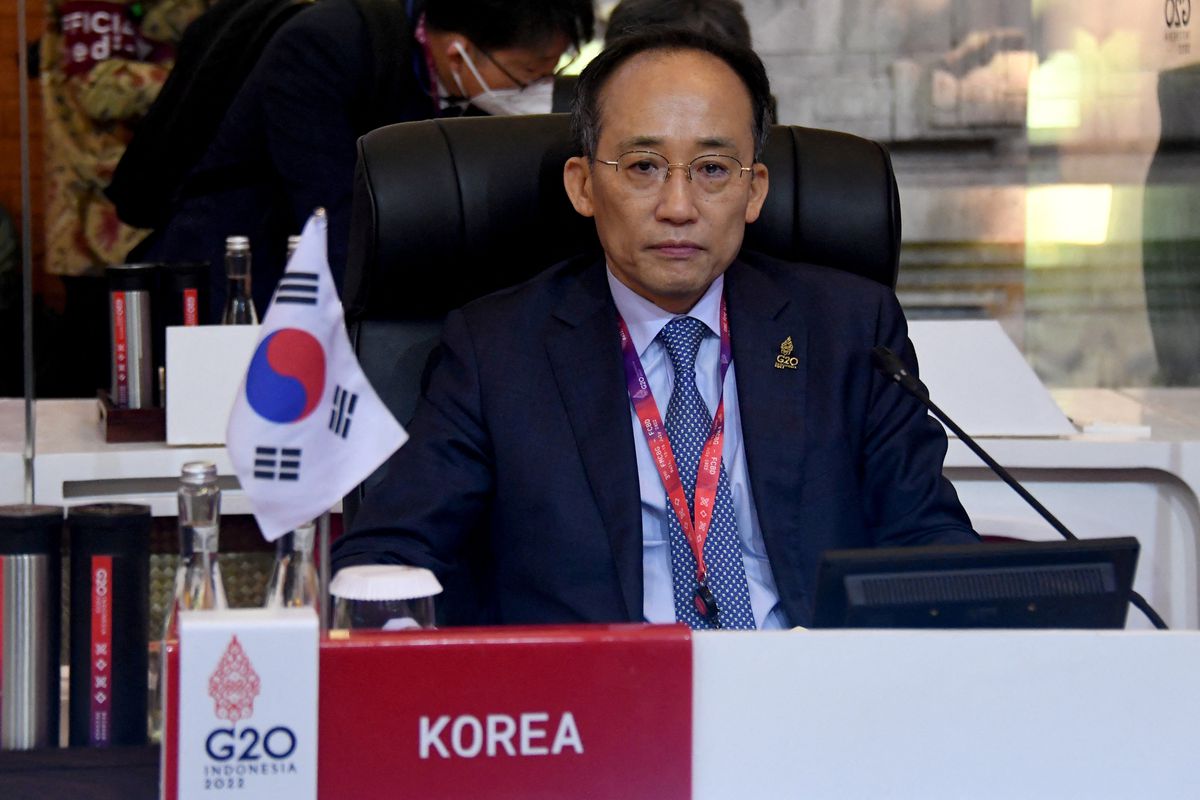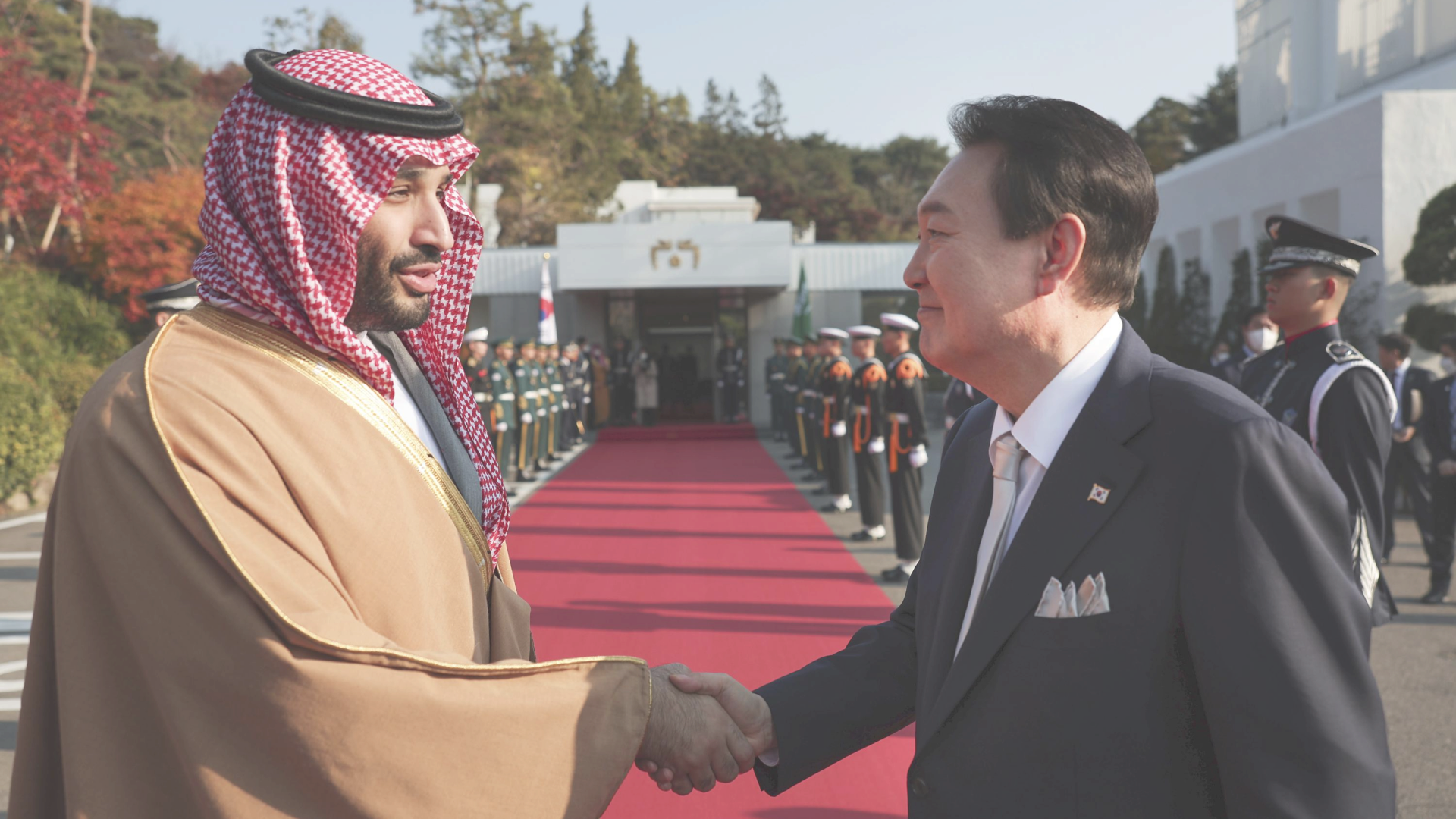South Koreans spend the most per capita on personal luxuries, Morgan Stanley said. The investment bank estimates that South Korea’s total spending on personal luxury goods will grow 2percent to $16.8 billion in 2022, or about $325 per person. That’s far more than the $55 and $280 per capita spent by Chinese and American citizens, respectively, according to Morgan Stanley.
Moncler said its revenue in South Korea “more than doubled” in the second quarter compared to the pre-pandemic period. According to Richemont Group, Korea will have double-digit sales growth in 2022, both annually and two years ago.
While Prada said closures in China contributed 7 percent to retail revenue in 2022, the fashion house said the decline was “offset by strong performance in Korea and Southeast Asia.
Morgan Stanley analysts explained that South Korean buyers’ demand for luxury goods is due to both an increase in purchasing power and an external desire to show off their social status. Showing wealth is also more socially acceptable in Korean society. A McKinsey survey found that only 22 percent of Korean respondents consider the display of luxury goods distasteful, compared to 45 percent of Japanese and 38 percent of Chinese.
The demand for luxury goods was also supported by the increase in household wealth. According to the Bank of Korea, the country’s household net worth grew by 11 percent in 2021. About 76% of Korean household wealth is in real estate, whose prices have risen significantly since 2020.
“Almost all major Korean celebrities are brand ambassadors for leading luxury houses,” said the report, such as Fendi and actor Lee Min-Ho or Chanel and rapper G-Dragon. Dior made Blackpink singer Rose the face of its HardWear collection, which the fashion house said was “very well received” and doubled sales of the line.
But Bain and Company cautioned against using a per capita metric for luxury consumption. “Luxury, by definition, is not a mass-market product,” Bain and Co. partner Weiwei Xing told CNBC. “I would suggest comparing total consumer spending with the middle class population and above, which would be a more meaningful metric that captures attitudes and spending on luxury,” Xing said, adding that it would narrow the gap.
However, Morgan Stanley said Korea’s booming luxury market is a “good glimpse” of what China’s luxury market, which it says is “underperforming,” could turn out to be. Analysts said there are similarities in the two countries’ attitudes towards luxury goods as a status symbol. Currently, South Korea’s annual per capita consumption of luxury goods is more than six times that of the Chinese.
McKinsey has predicted that the global luxury market will grow by 5 to 10 percent in 2023, driven by demand from the United States and China. “We expect growth to continue once China recovers from the current COVID waves, which should happen in the first quarter,” Xing said.
Get more news and insights about Global Lifestyle Industry here




